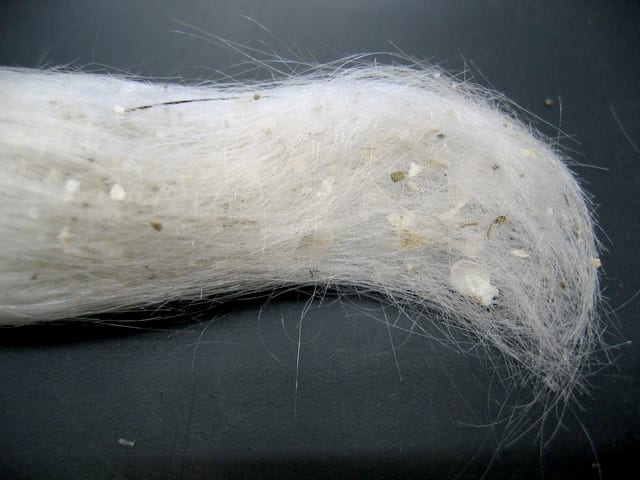Filaments anchor sponges in soft sediments using barbed tips
Sponges are some of the most simple of animals. They lack body symmetry and have no organs, getting their food and oxygen from the water. Most sponges work like chimneys, taking water in at the bottom and then ejecting it through the opening at the top and through the pores in their bodies. All sponges have skeletons and in some, the appropriately named “glass sponges”, the skeleton is made up of needle-like shards of glass.
Glass sponges live in very deep water where they must be capable of remaining anchored to the soft sediment of the deep ocean floor. Euplectella aspergillum, Venus’s flower basket, anchors itself with numerous hair-like glass skeletal elements called spicules, each up to 10 cm long. The spicules are bundled together where they attach to the sponge’s body, forming a thick cable, but they spread out singly into multiple tiny threads that run through the sediment. Each spicule has a series of barbs along its length and at the terminal end is a crown of barbs that works much like a sea anchor, holding the sponge steady in the soft shifting sand and silt.
Like many interactions in nature, Venus’s flower basket makes use of very large numbers of relatively weak attachments that when combined form a strong bond. In this instance, where the substrate itself is very weak and a single strong bond would not help, this method is particularly useful.











